Blog
Matter & Thread: where we’re at
A lot is happening in Home Assistant around Matter and Thread. It can be hard to keep track of it all, so we wanted to take a moment to write an update on the current state, and what we’re planning next.
Summary:
- Matter works, including Thread devices via Thread border routers from Apple and Google.
- The Thread border router in Home Assistant is operational but not integrated until the next release, Home Assistant 2023.3.
- We’ve expanded the documentation for Matter and Thread to cover most asked questions and include videos on how to add Matter devices to Home Assistant.
- Users using a Home Assistant Yellow hub can enable an experimental Thread border router.
- Users on other systems can get a Thread Border Router using a Home Assistant SkyConnect.
- Announcing SL Web Tools
. It allows users to use their browser to update Zigbee/Thread sticks based on SiLabs chips, like the Home Assistant SkyConnect. - We’re open sourcing our automated build scripts
to create reproducible firmware builds for Zigbee/Thread sticks based on SiLabs chips.
Matter
Matter is a new smart home standard which works locally. Its first release was at the end of last year, and is in the process of being adopted throughout the industry. We’ve been working hard on making it work with Home Assistant.
Today Home Assistant can control the basic operation of most Matter devices. You can add both Wi-Fi and Thread based devices, and the most common device types work. Matter bridges do not work yet – this will be added in Home Assistant 2023.3.
Read on →2023.2: How can I Assist?
Home Assistant Core 2023.2! 🎉
This release covers the first month of development of 2023, and it is setting one heck of a high bar for the rest of the year! 😅
Undoubtedly, the most spectacular features are related to the first chapter of Year of the Voice. 🎙️ It is hard to sum up all of this in this release blog, so I’m not even going to try doing it in this introduction, but holy mother of smart homes: this is exciting stuff! 😮
My personal favorite this release: huge steps into an even tighter integration
with our amazing sister project: ESPHome
And since we are talking about awesomeness, have you noticed the large amount of logos in the release image above? So many new integrations! 🤩
Enjoy the release!
../Frenck
PS: Just a reminder that valentine’s day is coming up. Be sure to share the love! ❤️
Read on →Year of the Voice - Chapter 1: Assist
This year is Home Assistant’s year of the voice. It is our goal for 2023 to let users control Home Assistant in their own language. Today, one month into 2023, we start our first chapter.
At Home Assistant we believe that technology is meant to be played with, and projects should be usable as soon as possible. Together with the community we can then iterate and refine. That’s why today, we’re delivering a basic experience for 22 languages to interact with Home Assistant. Oh, and we are also releasing some fun stuff that we cooked up along the way.
To watch the video presentation of this blog post, including live demos, check the recording of our live stream
Intentions
The core of a voice assistant is to be able to understand the intention of a spoken sentence. What is it the user wants to do? To extract these intentions we created our own template sentence matching format and intent recognizer named Hassil
This new format is used by our new Home Assistant Intents
Assist
We have added a new feature to Home Assistant: Assist. It allow users to use natural language to control Home Assistant. It is powered by Hassil and the sentences from the Home Assistant Intent project.
Want to help others? Leave your AI at the door
Today we’re introducing a new rule for the Home Assistant community: it’s no longer allowed to use ChatGPT or other AI systems to help others.
Although these systems generate elaborate and well structured answers, they are wrong. Often they are wrong in subtle ways which only someone with the right expertise could detect. And those people wouldn’t need AI to have written that answer.
We appreciate that people want to help others, but if you don’t have the knowledge, leave it to someone else. Giving an incorrect answer makes things worse. You are wasting everybody’s time, including the person asking the question. Trying out an answer that doesn’t work is frustrating because you think you’re doing something wrong.
Using an AI system to generate an answer while not providing attribution to AI will result in a ban. If you use attribution, we will delete your post and issue a warning. This also means suggesting someone “ask ChatGPT” is not an acceptable response.
If AI systems get better, we will revisit this rule.
Home Assistant coming for your car!
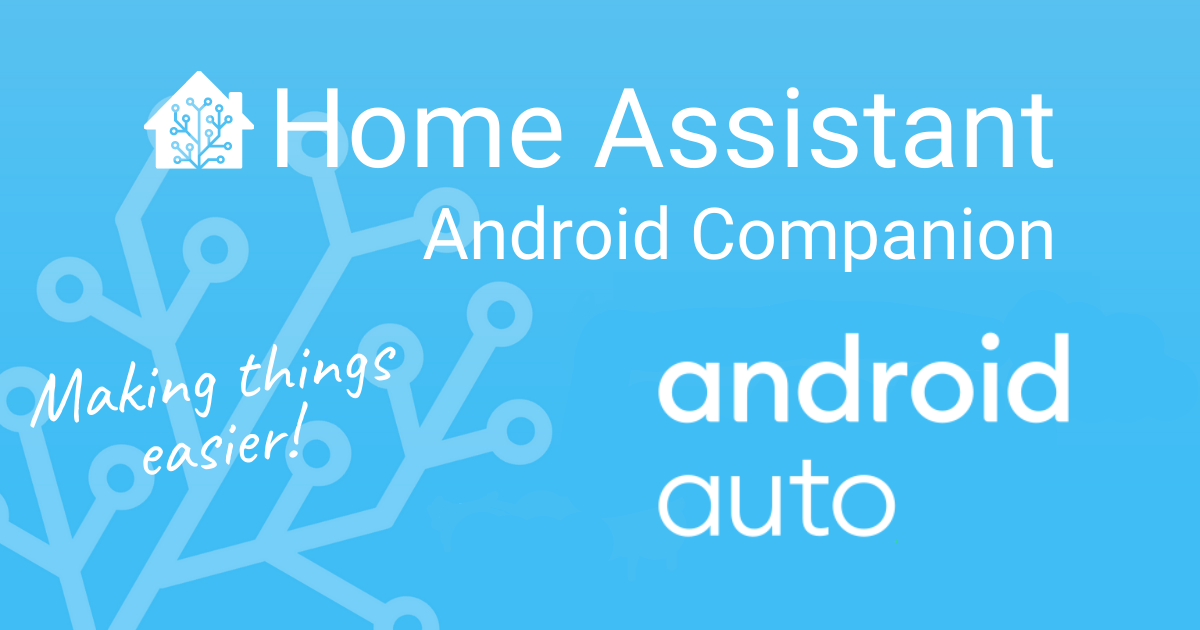
Hey everyone today we would like to announce that development has begun on Android Auto
These features are currently available in our beta channel
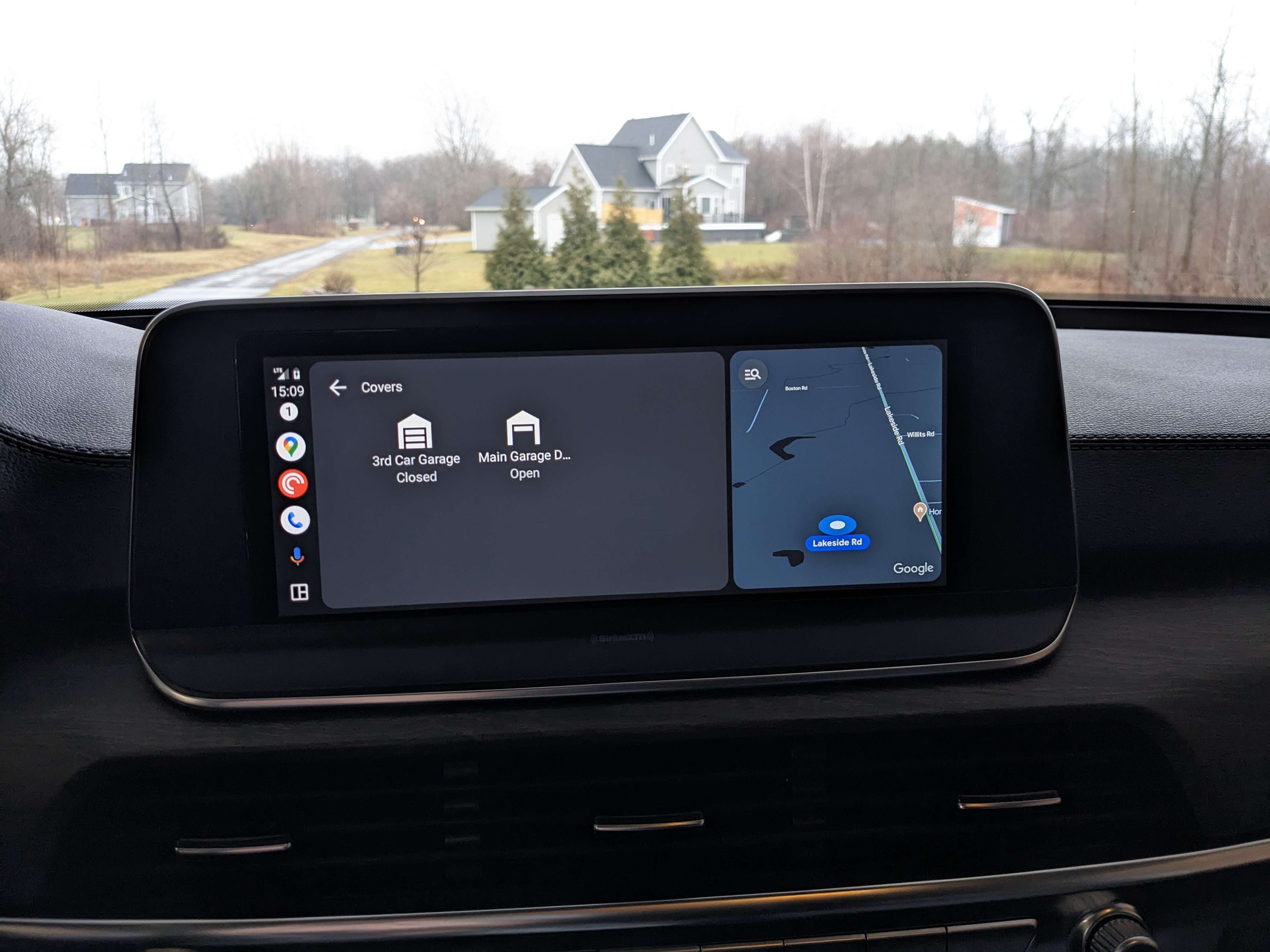
Once you launch the app from your head unit you will have easy access to devices like your garage door, lights, locks and even scenes.
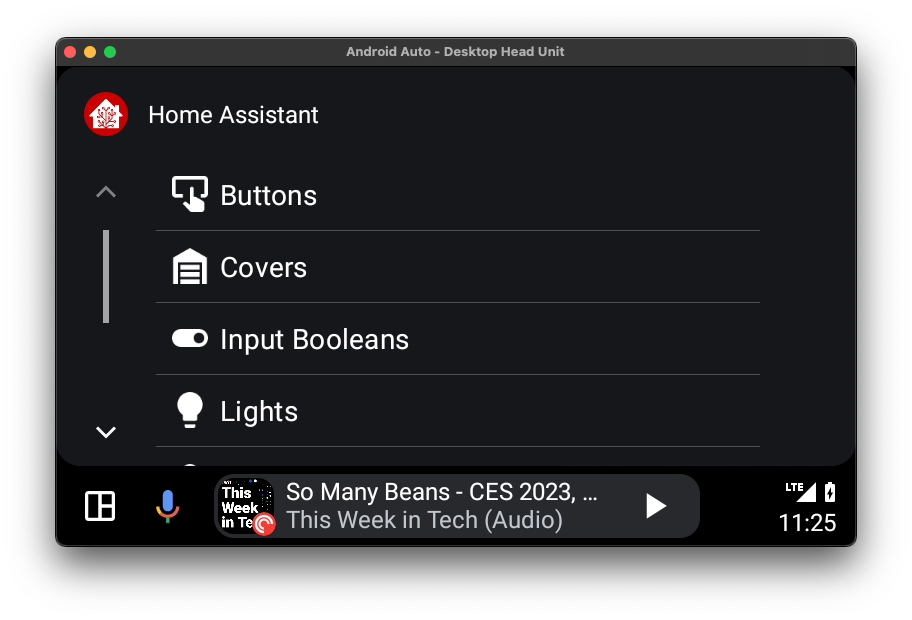
Tapping on a category allows you to see its entities and their state (with instant updates!). There are also simple touch controls to do things like opening the garage door before heading out.
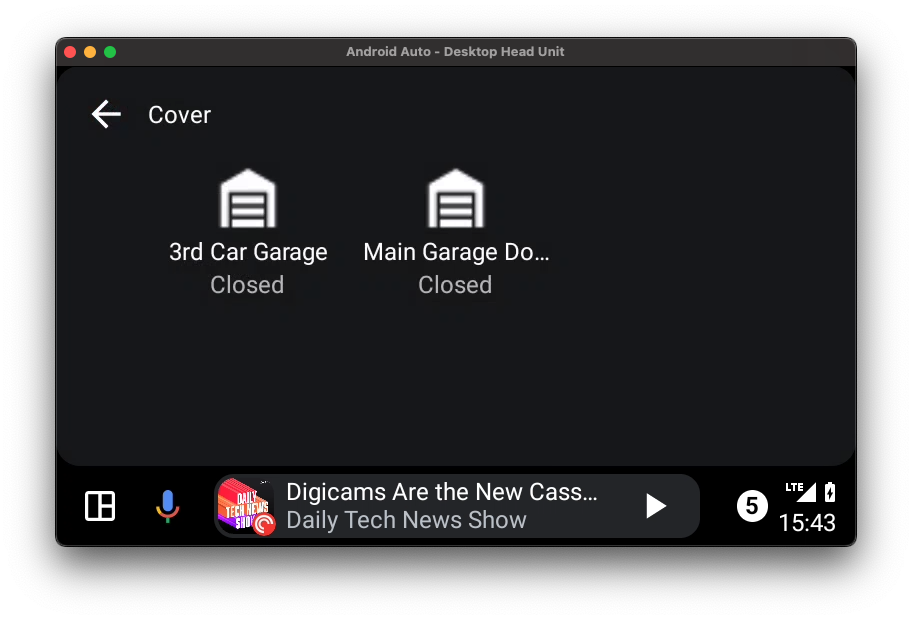
In addition to selecting a domain you can also navigate to anything in Home Assistant that has a location, like persons, devices or sensors.

We have also added a new binary sensor allowing you to automate when you are in the car and connected to the head unit. There is an additional attribute for the type of connection as well.
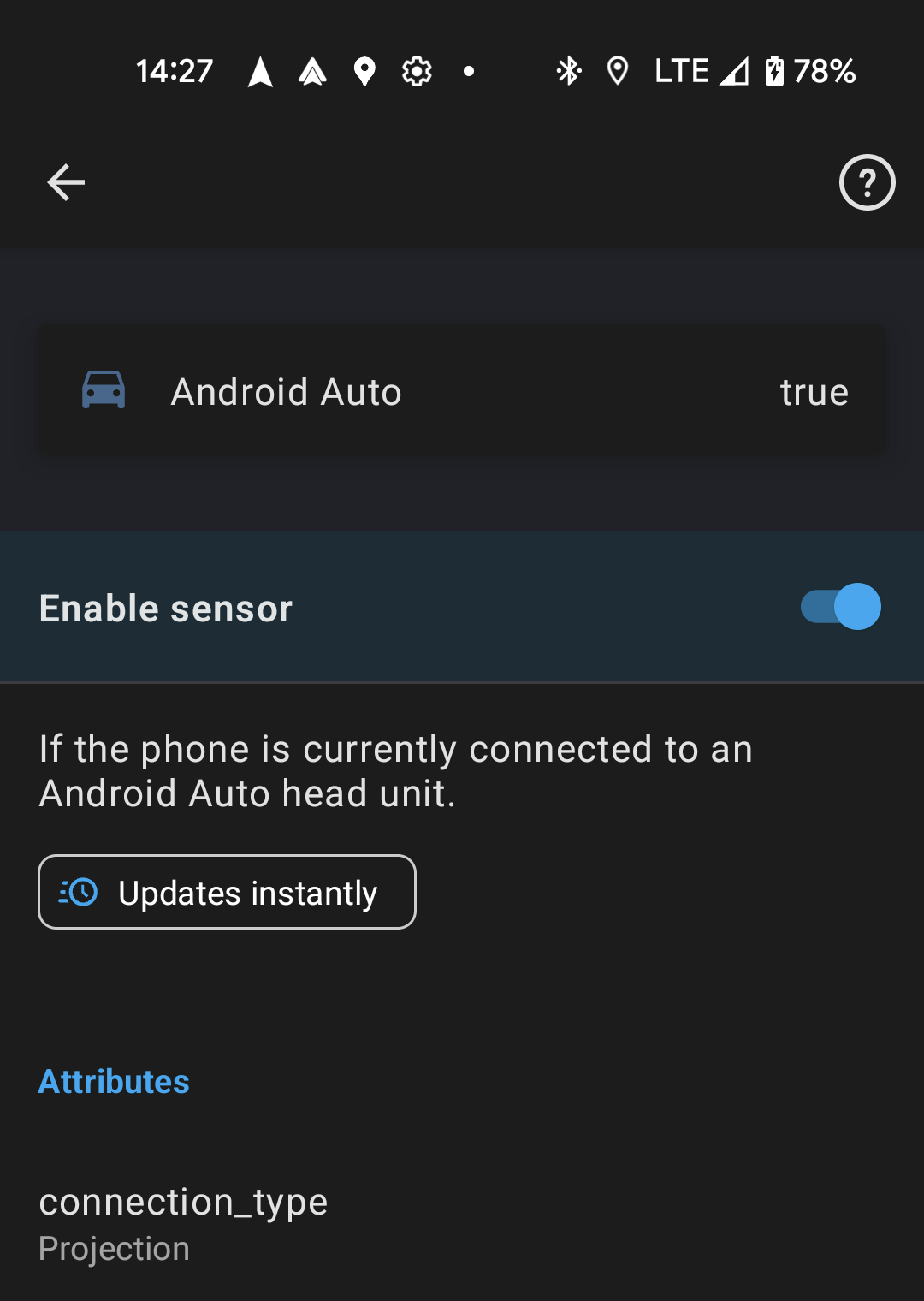
A big thank you to Jbassett
2023.1: Happy New Year of the voice!
Happy New Year! 🍾
We wish you, and all the loved ones around you, all the best for 2023! 🥂
2023: What an exciting year this will be; The year of the voice!
And not just that, many exciting things are expected this year. More spoilers
can be found in the State of the Open Home 2022
Starting this amazing year with: Home Assistant Core 2023.1! 🎊
A fairly small release, as we all enjoyed our Holidays. Yet, the first traces of the voice project are already visible: support for entity aliases!
Still, this release contains over 800 changes, most of which are quality improvements, bug and stability fixes, and other minor improvements. The perfect release to start the year with, an easy upgrade worth doing.
Enjoy the release!
../Frenck
PS: Did you know Home Assistant is now on Mastodon
2023: Home Assistant's year of Voice
TL;DR: It is our goal for 2023 to let users control Home Assistant in their own language. Mike Hansen, creator of Rhasspy, has joined Nabu Casa to lead this effort. We’re starting off by building a collection of intent matching sentences in every language
Updates:
- Year of the Voice - Chapter 1 (January 26, 2023)
- Year of the Voice - Chapter 2 (April 27, 2023)
- Year of the Voice - Chapter 3 (July 20, 2023)
- Year of the Voice - Chapter 4 (October 12, 2023)
- Year of the Voice - Chapter 5 (December 13, 2023)
- Voice - Chapter 6 (February 21, 2024)
- Voice - Chapter 7 (June 26, 2024)
- Voice - Chapter 8 (December 19, 2024)
- Voice - Chapter 9 (February 13, 2024)
Usually, the month of December is meant to reflect back. However, we already did that last month when we hosted the State of the Open Home 2022
It is our goal for 2023 to let users control Home Assistant in their own language.
It’s a big and bold goal, but achievable given the right constraints. The amount of work laid out for us can be summarised as follows:

Our #1 priority is supporting different languages. There are enough projects out there trying to create an English voice assistant. But for us, that just doesn’t cut it. People need to be able to speak in their own language, as that is the most accessible and only acceptable language for a voice assistant for the smart home.
Read on →2022.12: It does matter!
Home Assistant Core 2022.12! 🎄
Already the last release of the year, right on time to bring you some cool new features to work with during the upcoming Holidays!
2022 has been a fantastic year for the Home Assistant project. We became
one of the world’s largest and fastest-growing GitHub open source projects
We looked back at 2022 during the State of the Open Home
But! The year isn’t over yet! This release really Matters! We are thrilled to be one of the first in the world to roll out Matter support to the public! 🎉
No Matter devices yet? Don’t worry! There are tons of things in this release that will keep you busy. The Tile card got “features”! You can now extend your Bluetooth range using Shelly devices, and a long-requested feature lands: Local Calendar. 🤩
For 2022, this is it! Thank you for joining our community. Thank you for sharing, helping out, contributing, creating YouTube videos, blog articles, and podcasts.
Thank you for using Home Assistant! ❤️
Happy holidays and for the last time in 2022: Enjoy the release!
../Frenck
Read on →2022.11: A heck of a release!
Home Assistant Core 2022.11! 🎉
This November already feels a lot like Christmas 🎄, what a heck of a release! Quite a few suggestions from the Month of “What the Heck?!” already landed! Ready to unpack the presents? 🎁
Talking about the WTH month, it ended. Well, sort of, at least. It is now closed for new topics/suggestions, but existing ones remain open for discussion and can be voted on. I’m curious to see more of these WTHs being resolved in the upcoming releases.
This release has so much goodness that I have a hard time picking a favorite. Water usage, maybe? I’m really not sure, so I’m going to cut this intro short. Let me know your favorite in the comments below!
Enjoy the release!
../Frenck
PS: There will be no release party live stream this month,
instead join us
Jasco joins Works with Home Assistant

Today we are excited to announce that Jasco
Jasco is well known in the US for their Z-Wave switches and plugs. As a partner, Jasco and Nabu Casa will be working together to ensure the best experience for connecting Jasco Z-Wave devices to Home Assistant.
Jasco devices connect and integrate into Home Assistant using the Z-Wave integration (Z-Wave stick required). This means that connected Jasco devices work completely local and updates coming from the device are instantaneously reflected in Home Assistant. This allows for the best user experience when building your smart home.
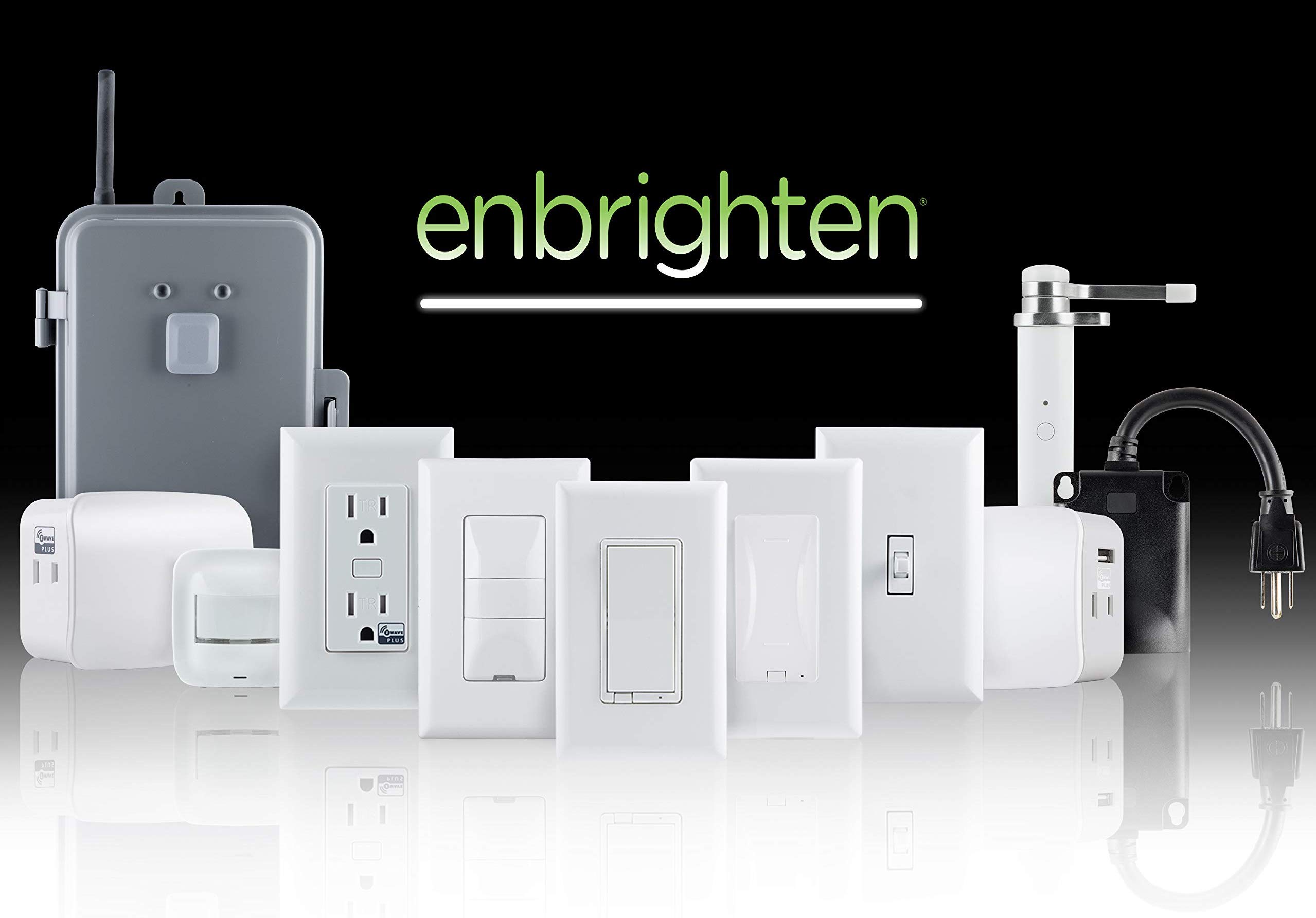
One of Jasco’s claim to fame in the Home Assistant community is being the first company to provide firmware files
Learn more about the Works with Home Assistant partner program.



